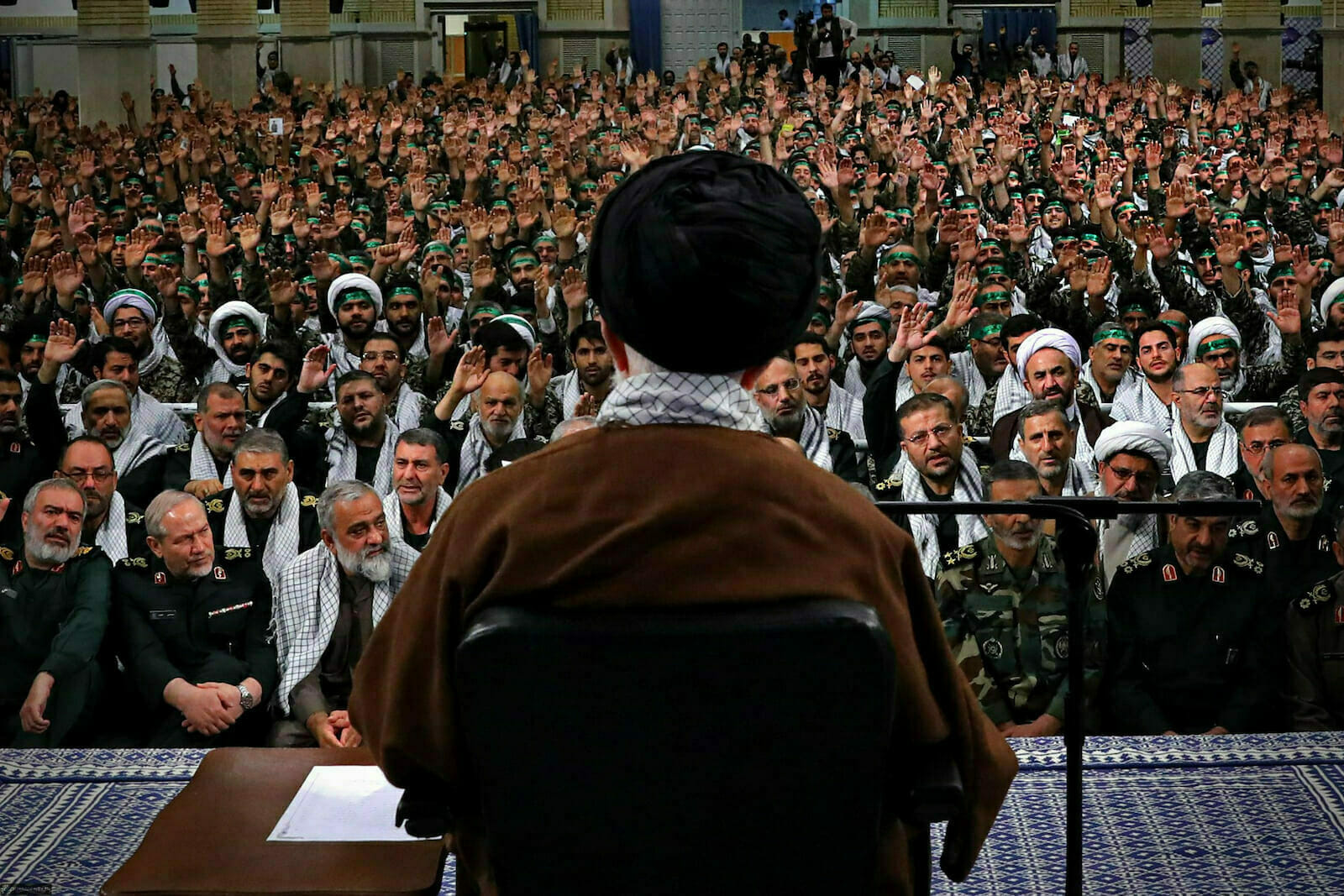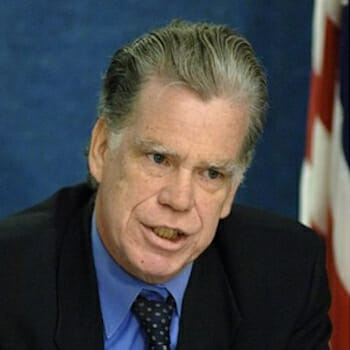
What We Need to Know about Iranian Elections
Last week, Iran’s Guardian Council announced the final list of candidates it vetted for the presidential election that will take place on June 18. Out of nearly 600 individuals who initially registered as candidates only seven will be permitted to appear on the ballot. Of these, the only serious contender is Ebrahim Raisi.
By most democratic standards, Iranian elections are undemocratic. Elections in the theocracy are synonymous with a selection process led by Ali Khamenei, the supreme leader, who is himself an unelected dictator.
Half of the Guardian Council’s 12 members are appointed directly by the supreme leader while the other half are appointed by the head of the judiciary, currently, Ebrahim Raisi, who is in turn appointed by the supreme leader.
Raisi was appointed to that position in 2019. Khamenei’s selection not only allowed for Raisi to oversee a massive spike in human rights abuses but also provided him with a direct pathway to the presidency.
As a result of Khamenei’s backing, Raisi also received open support from a broad array of regime officials, some of whom registered as candidates for the presidential election but then announced they would happily step aside if Raisi registered as well. Notably, this support also came from so-called moderates and reformists, the darlings of some political circles in the West who have been trying to appease and accommodate Tehran’s leaders for decades.
But the main Iranian opposition has long rejected the notion that there are “reformers” within the regime or that Tehran’s behavior can be “moderated.” The mythical moderation narrative has been used for the better part of 40 years to justify conciliatory Western policies. But the tepid reaction of the so-called moderates and all other rival factions to Khamenei’s decision to consolidate power is yet another proof that the assessment by opposition elements within and outside of Iran is correct. The moderate-hardliner dichotomy is false and misleading.
Raisi’s legacy of service to the clerical regime includes the worst singular crackdown on dissent in the history of the regime.
In the summer of 1988, after Ruhollah Khomeini issued a fatwa calling for the death of dissidents, Raisi played a leading role in the “death commission” that interrogated political prisoners and killed those who failed to demonstrate fealty to the theocratic system. Over the course of just several months, 30,000 political prisoners were killed.
By appointing Raisi as judiciary chief, Khamenei signaled continued support for this sort of repression. So, it is no surprise that during his first year in the position, Raisi oversaw the murder and torture of thousands of activists who were arrested during and after a nationwide anti-regime uprising in November 2019.
The “moderates” of the regime are also at war with the Iranian people. Rouhani appointed different participants in the 1988 massacre as his justice ministers – first Mostafa Pourmohammadi, and then Alireza Avaie. Just before leaving that position, Pourmohammadi publicly defended the oppressive measures.
Both factions of the regime have consistently been complicit in its worst crimes against humanity. And in recent years, this fact has helped to fuel the public embrace of Iranian opposition groups, as well as the campaign to boycott Iran’s sham elections.
The regime’s uncontested elections should finally wake up European policymakers to the folly of the “moderate” vs “hardliner” dichotomy, and prompt them to begin holding well-known authorities accountable for crimes like the 1988 massacre.
A firm and strong policy is required to combat the regime’s aggressive posture and growing threats.
Any interaction or cooperation with the mullahs will help accelerate repression and human rights abuses. Iranians have clearly demonstrated that they want to see structural reforms within Iran, but it remains to be seen whether Western governments will stand with them.
